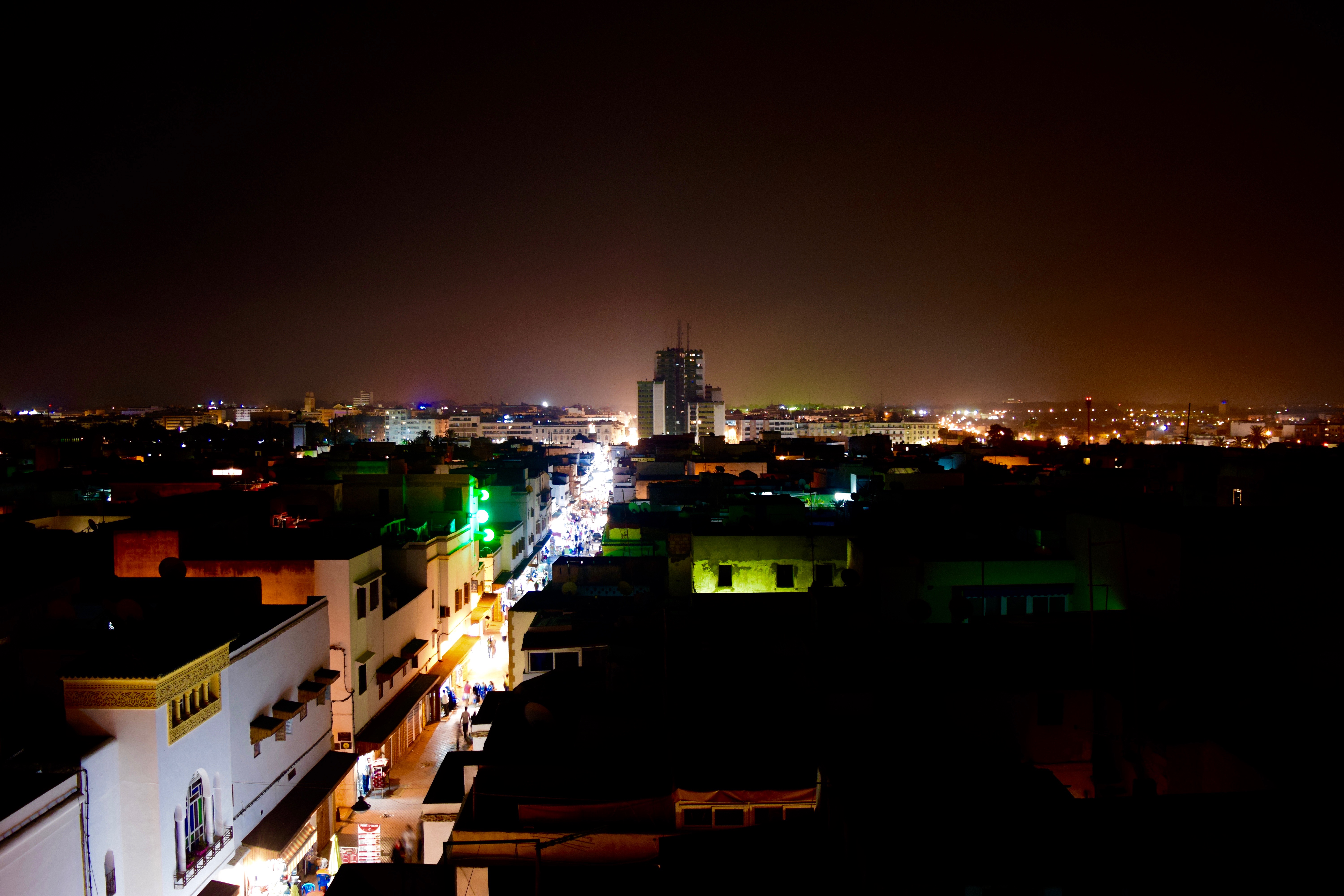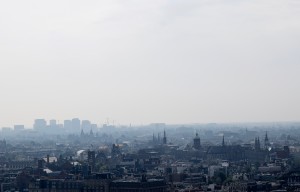Amsterdam – We traded the bustling alleyways of the Medina for the cool, cozy, cobblestone streets of Amsterdam. The purpose of the trip was two-fold: to renew our visas and try to get a more nuanced understanding of the immigration policy that we have been studying for these past three weeks. Amsterdam is a beautiful city, tall church spires and traditional Dutch houses are frequented by the uber-gorgeous Dutch locals, and of course a handful of Moroccan immigrants.
My first experience with a Moroccan immigrant came on Monday, the first full day of the trip. I was walking through the hazy streets of downtown Amsterdam with a few friends when we were stopped by a man on the street.
“Your henna,” The man said, referring to the Henna that a friend of mine had on her hand, left over from a wedding she had attended in Rabat.
“Morocco?” He asked. It turned out he was an immigrant from Morocco, born in Fez and now a Dutch citizen. We talked for another minute before the conversation abruptly changed.
“So, you like to have a good time?” He asked. I didn’t respond, taken aback by the question.
“Ecstasy, Molly, whatever you need.”
This was one of many Moroccan immigrants that I met while I was in Amsterdam. This experience didn’t inform my understanding of Moroccan immigration to Holland in any meaningful way, but at the same time I think it helped me to see the other side of the conversation.
Our classroom experience lead us all over the city to local organizations, public policy centers, and mosques to try to understand the issues that face Moroccan immigrants in Holland. Since the 1960’s, Morocco has sent hundreds of thousands of immigrants to Holland. Most of them go to work low-paying Dutch jobs, and through a series of changes in immigration policy through the rest of the century, many of those immigrants stayed and built families.
On Friday, our last full day in Amsterdam, we visited a local Mosque. From the outside it was indistinguishable from any other building. Grey stucco walls and none of the ornate decorations that distinguish Mosques in Morocco. The space inside was much bigger, carpeted floor and stained glass skylights bathing the prayer room in a soft red and green glow. We were told that this was done to avoid attracting attention. Mosques all over the city had been victimized by hate crimes.
In the Mosque we got the chance to meet with the Imam, the religious leader of this group of primarily Dutch-Moroccan Muslims. He told us about the environment he tries to cultivate in his Mosque. He wanted it to be a place where Dutch-Moroccan youth could find purpose.
Dutch-Moroccans often find themselves in a place of identity-limbo. Stuck between a government that maintains a fierce loyalty to its citizens abroad, hoping for remittances to fuel the economy, and a society that only reluctantly accepts them, Dutch-Moroccan youth often struggle to feel at home anywhere.
One 18-year old Dutch-Moroccan we spoke to said that she felt Moroccan in Amsterdam, and Dutch in Morocco. She wore a Hijab, but was also revolted by many aspects of Moroccan culture. Using a Turkish toilet appalled her, she didn’t even like Couscous, and yet she wasn’t quite Dutch.
She was a third generation Moroccan immigrant. Her Grandparents had immigrated from Morocco when they were young. I am a third-generation American immigrant, but I would never identify myself that way. I’m an American, and I have never ever doubted that.




This is very interesting. i don’t think we realize how prevalent the Muslim religion is in the world.